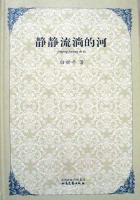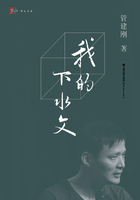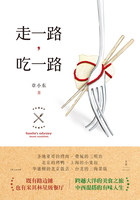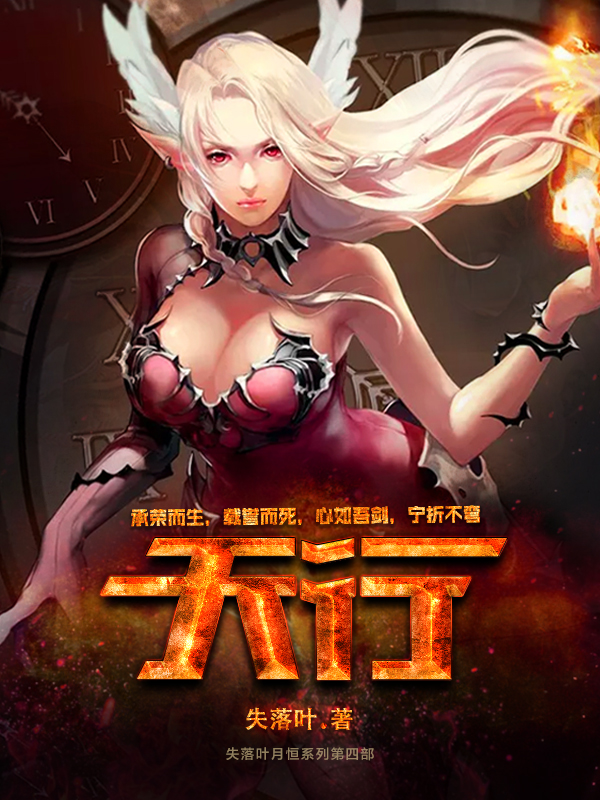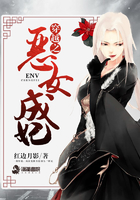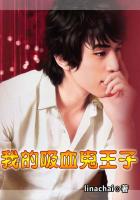It was indeed the same nunnery Du Bao had built it in memory of his decreased daughter. Few people ever visited the site though, except for the old tutor and the Taoist nun who helped run the place together. Liu Mengmei was brought in here, rested under the old man’s care for over one month and gradually recuperated.
It was getting warm after a chilly winter. As Liu’s strength returned he asked if he could go out for some fresh air.
“There is a garden out back and nobody had ever gone there,” the nun told him. “Though it hasn’t been tended to for some time there are still flowers. Since you feel so bored, you can go there for a walk. But it feels somewhat sad out there sometimes, so be careful.”
“Why sad?” asked Liu.
“Forget it. Just enjoy the walk,” the nun sighed. “Go from the gallery, make a turn at the wall with paintings and move on for 30 meters and you will see the hedge gate of the garden.”
Sure enough, Liu found the garden following the nun’s direction. Pushing open the hedge door, he saw a flowerless garden filled with only ruins and debris. Wild grass was everywhere. The gravel path was covered with mosses. It was early spring, a resurgent season, but the garden showed little signs of life. The nun was right. Something about this deserted garden indeed made Liu depressed and sad.
Walking through the garden he found an exquisite rosewood box by the rockery. He opened it and saw a scroll of painting. As he unfolded it he saw a beautiful lady on the painting. He didn’t take any close look at the painting, assuming it was of Mother Buddha. He folded the scroll and carried it back to his room.
Having washed his hands and tidied his clothes, Liu took out the painting from the box, hanged it on the wall and examined it more carefully. After awhile, he noticed that the beauty in the painting did not look much like the Mother Buddha, because she was not sitting on the Lotus Throne as in all the other paintings of her. And it wasn’t Chang’e, the Moon Goddess either because she wasn’t walking on the auspicious clouds or standing in the Moon Palace with cherry bay surrounding her. This girl in the painting was standing next to a weeping willow. He had no idea who the beauty was.
The more he stared at the picture the more familiar she looked to him. He seemed to have seen her but could not remember where. Soon after ward, he noticed the poem on the painting about the willow and plum. He read the poem several times and confused how much it reminded him of himself. Liu could not take his eyes off the girl who seemed to smile toward him. Her gaze was soft, soulful and sad. He thought for awhile, picked up the brush pen and wrote a poem next to the girl in the picture. He signed his name when he finished. He recalled a story he’d once read about a young scholar who fell in love with a beautiful woman in the painting. His love was so strong that she walked out of the painting and married him. Staring at the portrait in front of him, Liu wished the story wasn’t a fairytale and that he too could draw the girl from out of the painting, just like that young scholar in the story. From then on, he would be infatuated by the woman in the painting every evening and called “my beauty, my sister”, as if he wanted to make her alive. He barely expected that his evocation would ever work.
As it happened, Liniang’s sprite – like all others – had stood before the judge of the netherworld. But when he checked the Register of Judgment he learned that she was not supposed to die so young, and that she would be resurrected after three years passed. The judge sent her to the City of Wrong Death where her sprite was allowed to wander freely.

